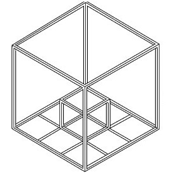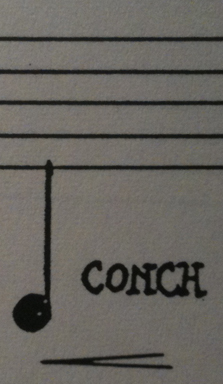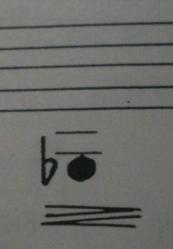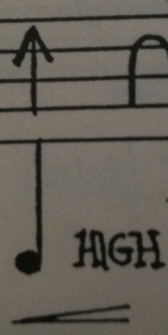“Central to the new-music experience in New York.”
– Time Out NY
“Central to the new-music experience in New York.”
– Time Out NY

John Cage's Solo for Sliding Trombone from Concert for Piano and Orchestra (1958) makes sonic requests of the performer that are both very specific and also highly subjective, even intentionally vague. This dichotomy is most evident in pitches that are written below the (un-clefed) staff throughout the piece. Here are a few examples:
 |
 |
 |
In the instructions, Cage writes of this pitch class:
"Notes below a staff and attached to it by a stem are any extremely high sounds (above E flat), overtone rips, or interval sounds; auxiliary conch shell; the use of the mouthpiece with or without bell apart from rest of instrument; barking, speaking or shouting into instrument. These are verbally indicated but may be exchanged for other noise elements chosen by the player." [my emphasis]
Recently, I've been performing Concert with the revival of the Merce Cunningham's dance work Antic Meet with the Cunningham Dance Co. Playing a work like this in a theatrical run format vs. the typical one-off music concert has afforded some time for lateral thinking. I recently embraced the challenge of exchanging alternative noise elements for Cage's more circumscribe suggestions during our run at Bard College. I simply walked the backstage area minutes before downbeat listening for a signature sound, recorded the mechanism seen and heard below with my rudimentary iPhone "Voice Memo" app, and proceeded to play it back into the PA via the iPhone speaker. It was great fun, and I plan to develop a set of venue-specific samples for use going forward. Starting tomorrow night (Sept 16, 2011) at The Stone, and continuing at the Kennedy Center in December '11 again with MCDC.

I plan to play this piece my whole career. I look forward to experiencing what will undoubtably be a lovely scrapbook of sounds, usable in many contexts, into the future.

Comments
Post new comment